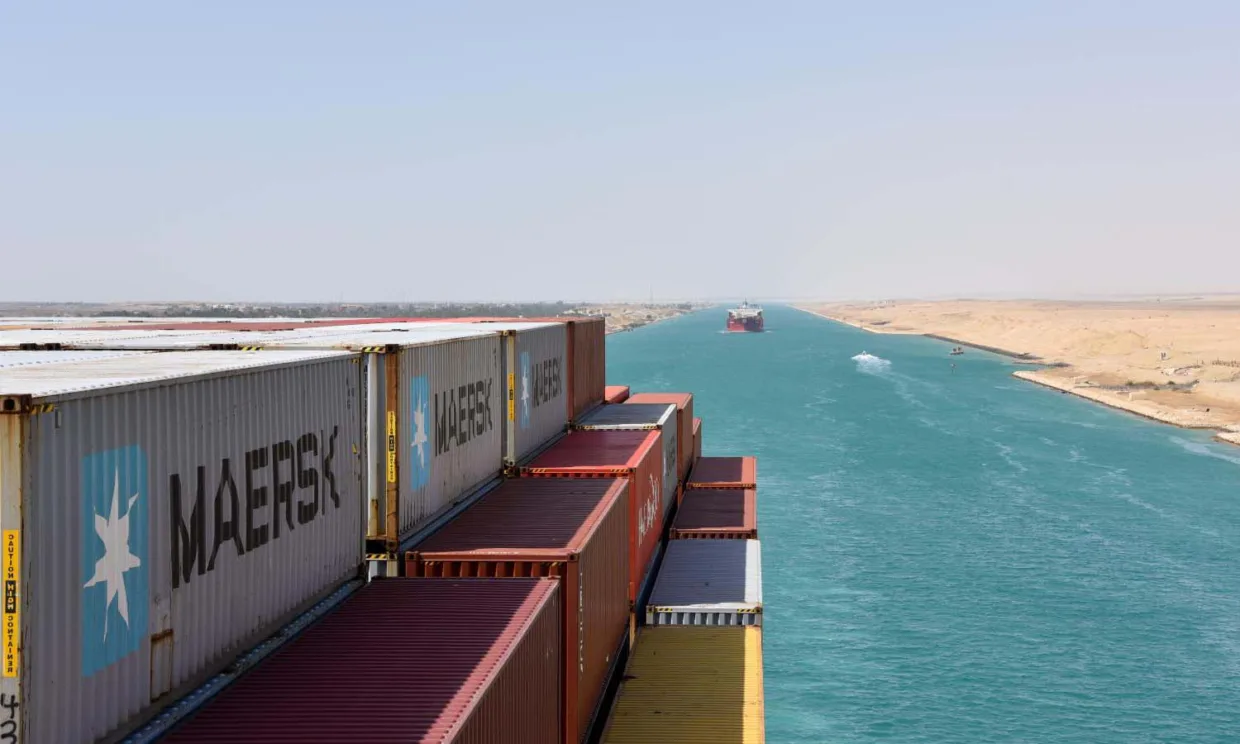The ongoing conflict in the Red Sea region has severely disrupted world trade, causing shipping rates…
The ongoing conflict in the Red Sea region has severely disrupted world trade, causing shipping rates to skyrocket and creating instability in global commerce.

The main cause of the disruption has been indiscriminate attacks on merchant vessels passing through the narrow Bab el-Mandeb strait, carried out by Houthi rebels in Yemen. The attacks have brought traffic through the critical Suez Canal and Red Sea trade routes nearly to a standstill.
In an effort to avoid being targeted, the Houthis have pledged not to attack Chinese and Russian shipping interests in the region. Meanwhile, reports indicate that Maersk, the world’s second largest shipping company based in Denmark, is suspending operations at key Red Sea ports.
Normally, shipping lines from Asia bound for Europe travel through the Suez Canal and past Yemen. But ship owners are now forced to take the long way around the southern tip of Africa, adding 10-14 days of transit time.
The ripple effects on global trade have been severe. Export prices out of Asia have skyrocketed as a result. The cost of shipping a 40-foot container from Shanghai to Rotterdam has surged from under $1,000 in September 2023 to over $4,900 now. This spike in shipping rates is filtering through to higher inflation on Asian goods.
With no end in sight to the Red Sea clashes, analysts warn that global supply chains face an extended period of disruption and cost escalation. The shipping industry is scrambling to find alternate routes to keep international trade moving, but the regional conflict is hampering access to the most efficient pathways.
Horseed Media





